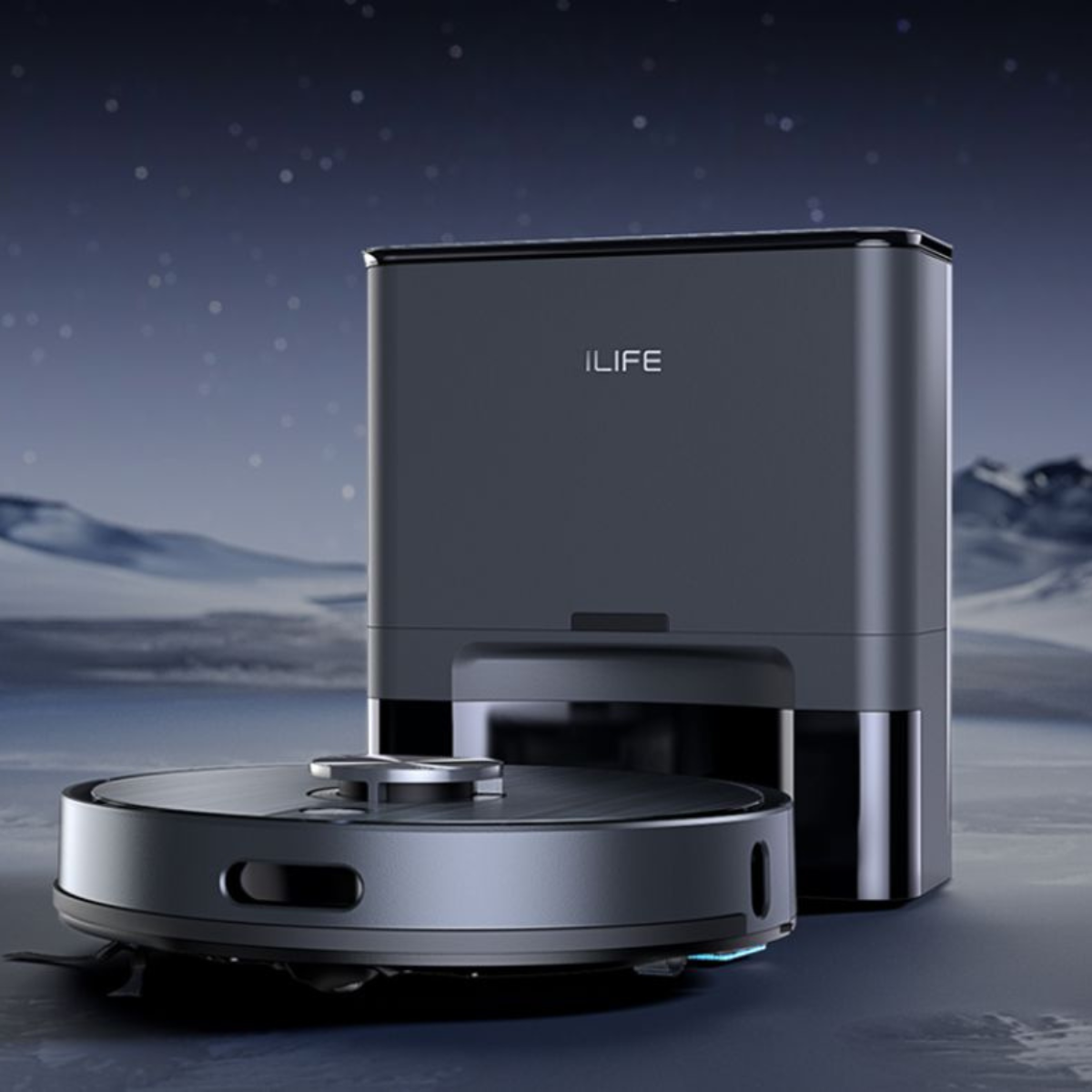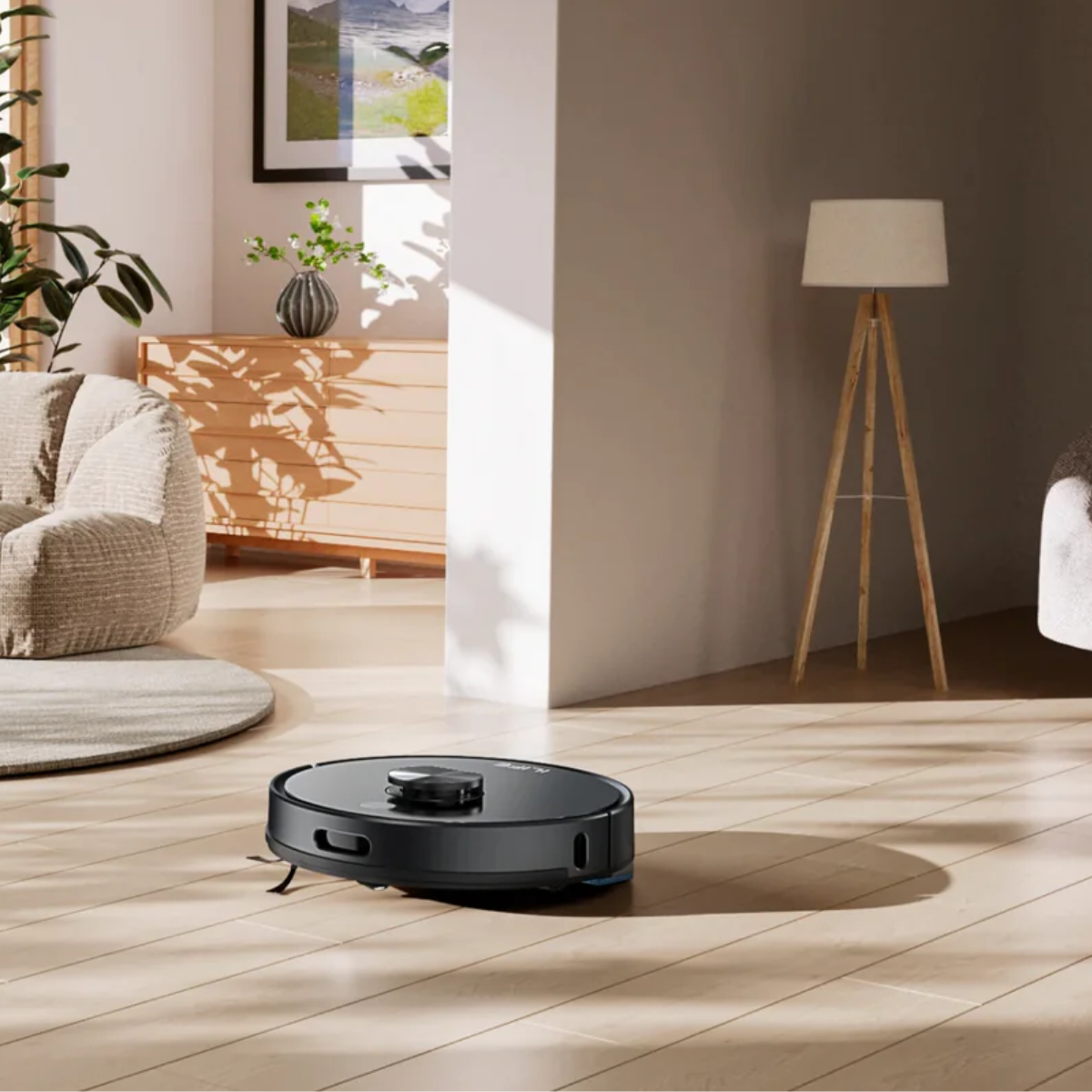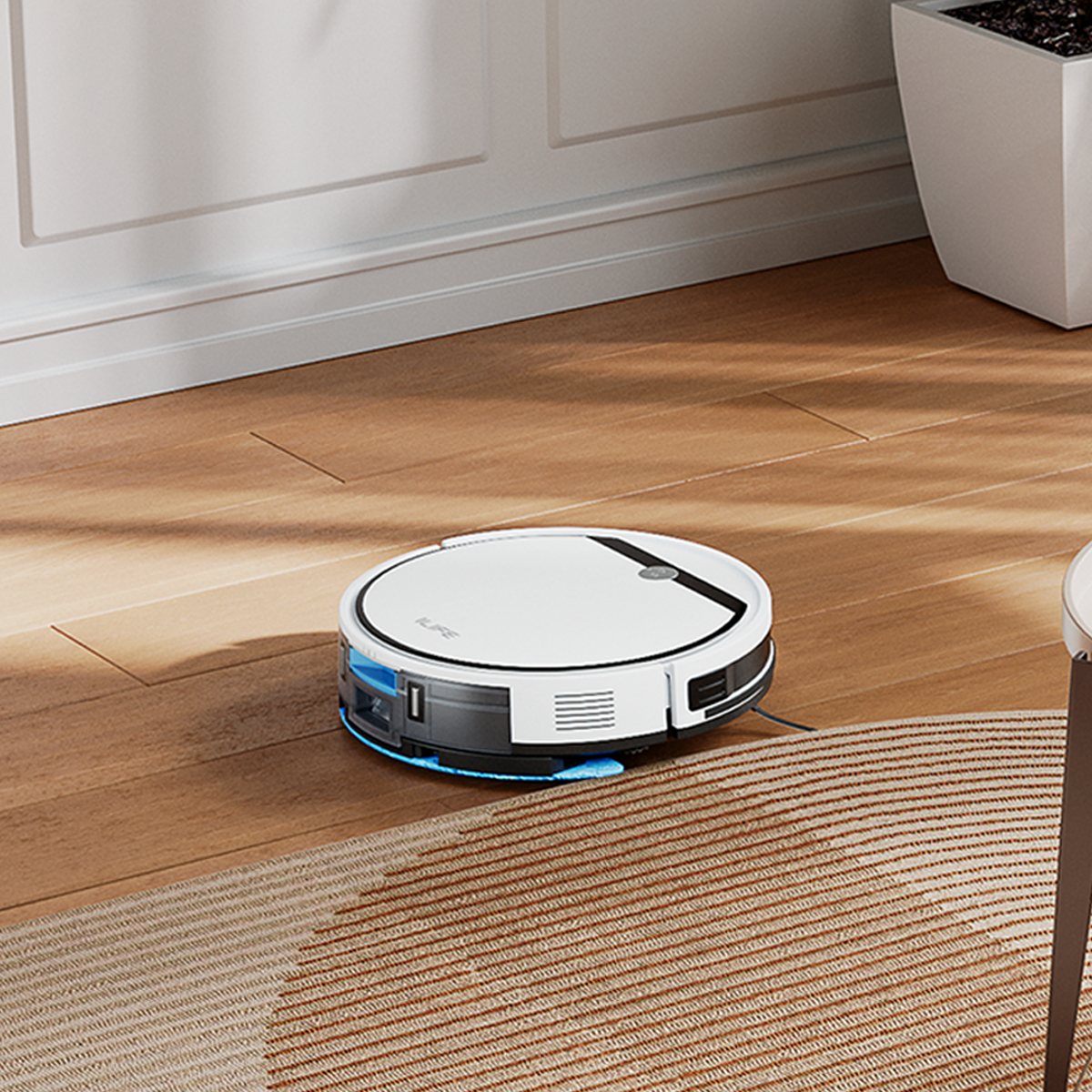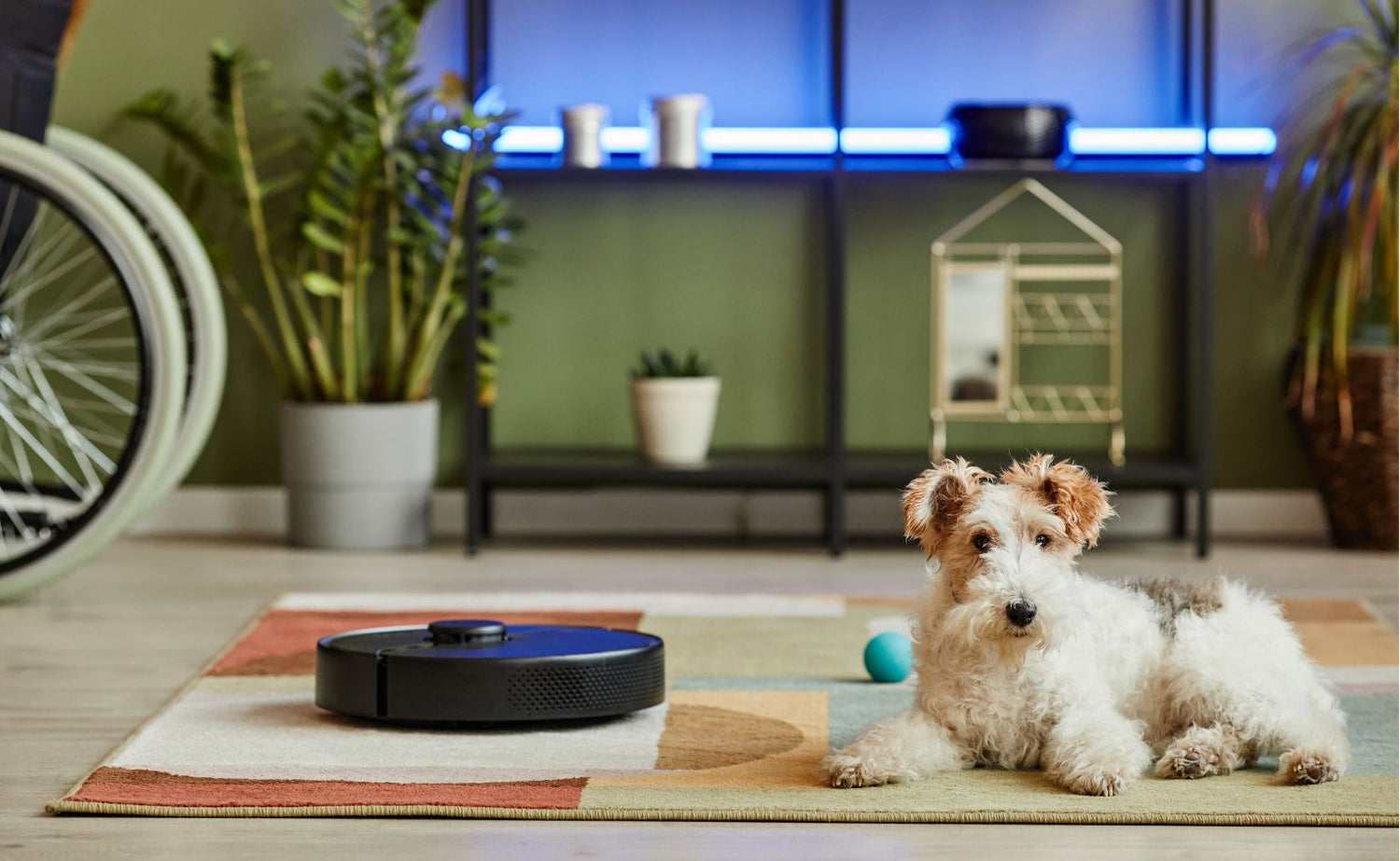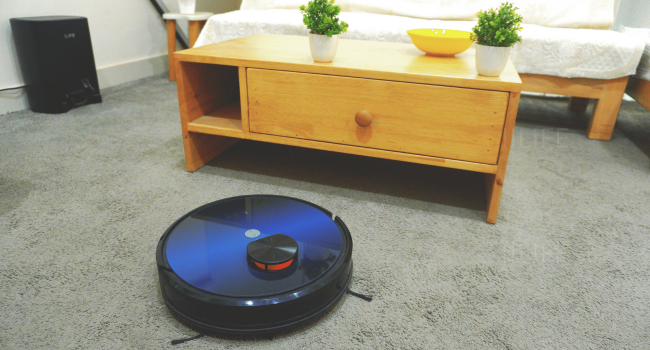Introduction
In the age of technology, our homes have witnessed a revolution in cleaning techniques, thanks to the invention of robotic vacuum cleaners. These nifty little devices have become a staple in many households, making daily cleaning chores more convenient. But as pet owners, one question often lingers in our minds: Can our furry companions adjust to the presence of these autonomous cleaning machines? In this blog, we'll explore the dynamics between pets and robotic vacuum cleaners.
The First Meeting:

When you bring a robotic vacuum cleaner into your house for the first time, your pet could be apprehensive and intrigued. They may try to play with it, smell it, or just stare at it. Pets frequently respond with curiosity at first, but they usually quickly come to terms with the robot's presence.
Noise and Motion:

One of the primary concerns pet owners have is how their pets will react to the noise and sudden movements of the robotic vacuum cleaner. These devices can be relatively noisy, and some pets may initially be startled or frightened by the sound. Additionally, the unpredictable movements of the robot can be intriguing or intimidating for your pets.
Period of Adjustment:

Pets usually need some time to become acquainted with the robotic vacuum cleaner. It is crucial to observe their conduct and provide them with solace throughout this period. Supporting your animals includes:
- Gradual Introduction: Start by using the vacuum cleaner for short periods to adapt your pet to the noise and action.
- Supervision: Keep an eye on your pet to make sure they don't behave aggressively or become overly stressed while the robot is operating.
- Positive Reinforcement: Give your pets goodies and your attention when they behave well around the vacuum cleaner. This will help create a positive correlation.
- Safe Spaces: Ensure your pets have access to safe and quiet spaces where they can retreat if they feel overwhelmed.
The Adaptation:
With time and patience, most pets do adjust to the presence of robotic vacuum cleaners. They may eventually treat the device as part of the household environment, much like any other piece of furniture. Some pets might even find it entertaining to follow the robot around or lie down while it operates.
Robotic Vacuum Cleaners' advantages for pet owners:
- Better cleanliness: The health of your family and your pets can both benefit from robotic vacuum cleaners' ability to minimise pet dander and hair.
- Time-saving: By scheduling these gadgets, you can keep your house tidy even when you're not home.
- Lessens stress: Cleaning up the surroundings and reducing the frequency of manual vacuuming can help owners and pets feel less stressed.
Best Pet-friendly robotic cleaners:

ILIFE V3s Max, our innovative cleaning companion, takes the hassle out of dealing with pet hair thanks to its remarkable feature – the anti-tangle suction nozzle. Designed with pet owners in mind, this robot effortlessly glides across floors, smoothly collecting pet hair without the frustrating tangling that can often occur with traditional vacuum cleaners. The anti-tangle suction nozzle ensures a seamless cleaning experience, making it an ideal solution for households with furry companions. With V3s Max, you can enjoy a cleaner home and say goodbye to the inconvenience of constantly untangling pet hair from your vacuum cleaner's side brush, making it a true game-changer for pet lovers.
Conclusion
In the end, the question of whether pets can adjust to robotic vacuum cleaners is generally answered with a resounding "yes" Most pets adapt to these machines with time, and the benefits of cleaner living spaces and time saved on manual cleaning make it a worthwhile addition to any pet-friendly home. With a little patience and some positive reinforcement, you can successfully introduce a robotic vacuum cleaner into your household, making life cleaner and more convenient for both you and your beloved furry friends.

